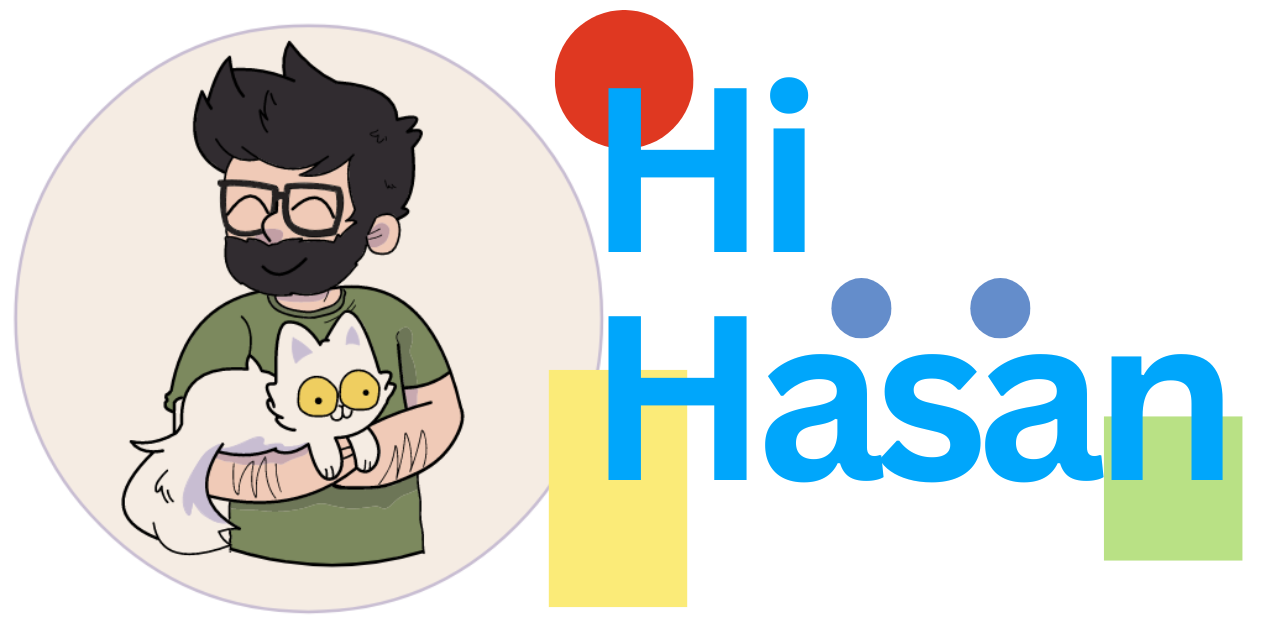A tradeoff is a situation where you have to make a decision between two or more options, each of which has its own set of benefits and drawbacks. When you choose one option, you often have to give up some benefits that another option might offer. It’s like deciding between a car that is very fast but expensive and another car that is slower but much cheaper. You can’t have both the low cost and the high speed in one car, so you have to decide which aspect is more important to you.
Tradeoffs in Software Development
When choosing a framework or system architecture for a software project, tradeoffs come into play because different frameworks and architectures have different strengths and weaknesses. Here are some key areas where tradeoffs are commonly seen:
Performance vs. Ease of Use
- Performance: Some frameworks and architectures are designed to be very fast and efficient, but they might be complex and difficult to use.
- Ease of Use: Other frameworks are user-friendly and easy to learn, but they might not be as fast or efficient.
Flexibility vs. Simplicity
- Flexibility: Some systems are highly flexible and can be customized to do almost anything. However, this flexibility often comes at the cost of increased complexity and a steeper learning curve.
- Simplicity: Simpler systems are easier to understand and use, but they might not offer as many features or as much customization.
Scalability vs. Development Time
- Scalability: Certain architectures are built to handle large amounts of data and many users. These systems are great for growing businesses but might take longer to develop and set up.
- Development Time: Other architectures allow you to build and deploy software quickly, which is great for getting to market fast, but they might not handle scaling as effectively.
Example Tradeoffs
Imagine you’re working on a new web application and need to choose a framework:
- Framework A is very fast and can handle many users simultaneously, but it requires you to write a lot of code yourself, which can take more time and requires deeper technical knowledge.
- Framework B is easy to use and lets you build applications quickly with less code, but it might struggle with performance if your app becomes very popular.
How to Decide?
When making decisions about frameworks and architecture, you need to consider the specific needs of your project:
- Project Requirements: What are the most important features your software needs to have? How many users do you expect? How fast does it need to be?
- Team Skills: What is the skill level of your team? Do they have experience with more complex frameworks, or would a simpler one be better?
- Timeline: How quickly do you need to develop and deploy the software? Can you afford a longer development period for a more scalable system?
In Summary
Tradeoffs are about balancing different factors to make the best decision for your specific situation. When choosing a framework or system architecture, you’ll need to weigh the benefits and drawbacks of each option and decide which factors are most important for your project.
By understanding tradeoffs, you can make more informed decisions that align with your project’s goals and constraints.

